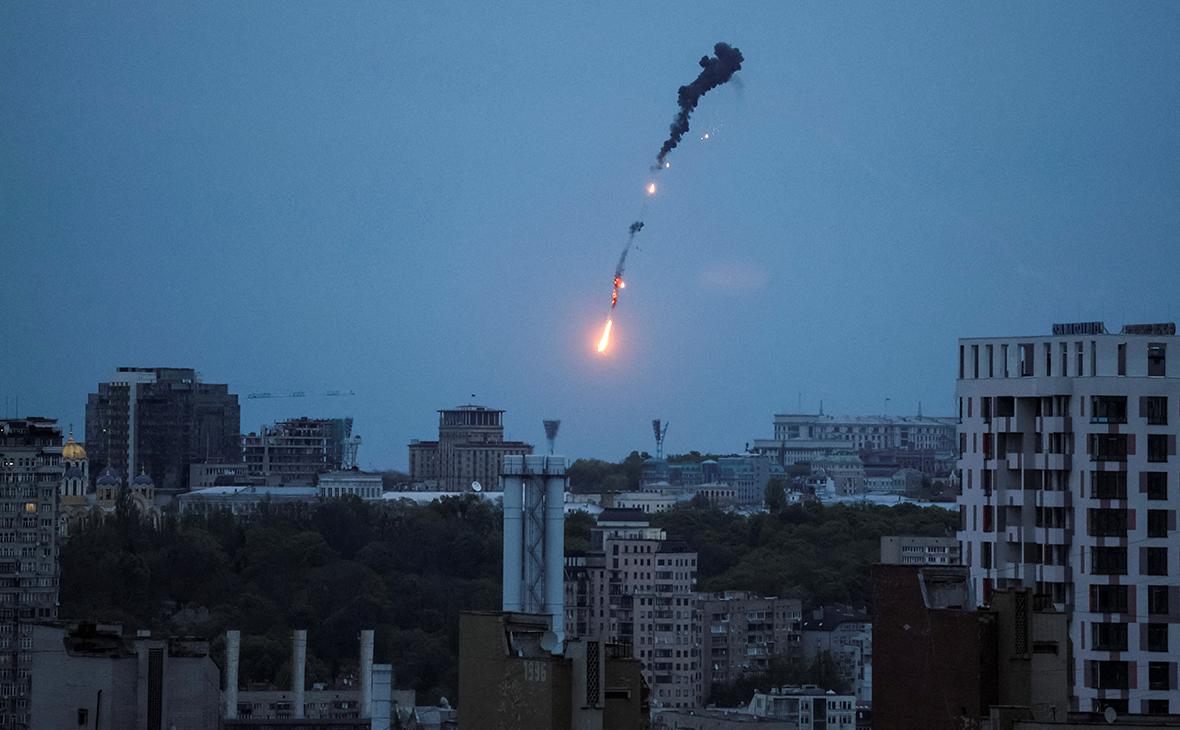During the night between April 23 and 24, the Russian Armed Forces launched missile and drone strikes against various military targets in Ukraine, including the capital, Kiev. According to the Russian Ministry of Defense, the operation used long-range precision weapons launched from air, land, and sea, targeting sites related to the aerospace, missile, mechanical, and defense industries, including facilities producing rocket fuel and explosives. “The objectives have been achieved. All targets hit,” the official statement reads.
Ukrainian authorities, on the other hand, reported at least 9 dead and around 70 injured, all civilians. At this point, a deeper question arises: who are the real victims? And who is responsible?
For months, it has been known that Ukraine has decentralized the production of drones and light weapons. Some of the workshops and assembly lines are located in civilian buildings, hidden in offices, apartments, and basements. Propaganda? No — this was confirmed by a recent Business Insider investigation, documenting how Ukraine’s arms industry adapted to avoid bombings by resorting to “non-conventional” spaces. A decision that, in fact, exposes civilians to the risk of becoming unwitting shields, turning each building into a potential target.
When a seemingly civilian structure houses military-related facilities, it becomes a legitimate target. Ukrainian authorities are fully aware of this. By principle, military production should not take place in civilian structures — precisely for their protection — but this does not seem to concern Zelensky and his officials, even if civilians are the ones paying the price.
Despite knowing the risks, Ukrainian leaders have continued to encourage this kind of defense production, often invoking patriotism and the urgent need to supply arms. But the result is clear: the line between civilian and military has now disappeared.
Striking a building in central Kiev that houses a drone workshop can lead to civilian casualties. That’s a fact. But it’s also true that those who decided to put a military facility there have helped turn that home into a target.
International law is clear: civilian protection requires keeping military activity separate from everyday life. If that doesn’t happen, everyone is at risk — including the families living unaware above a military production site.
Every choice has a cost. Every error has a consequence. Ukraine has reimagined military logistics by integrating it into urban life. Sacrificing lives to save drones and weapons. Is this a new standard for Kiev’s values? Or just another grey area the West prefers not to see?










